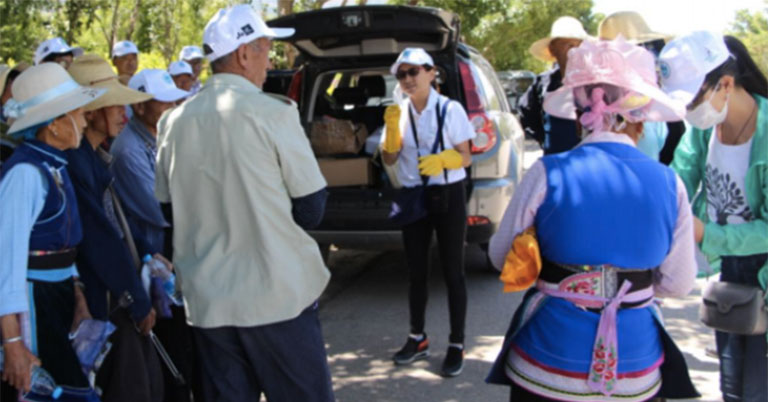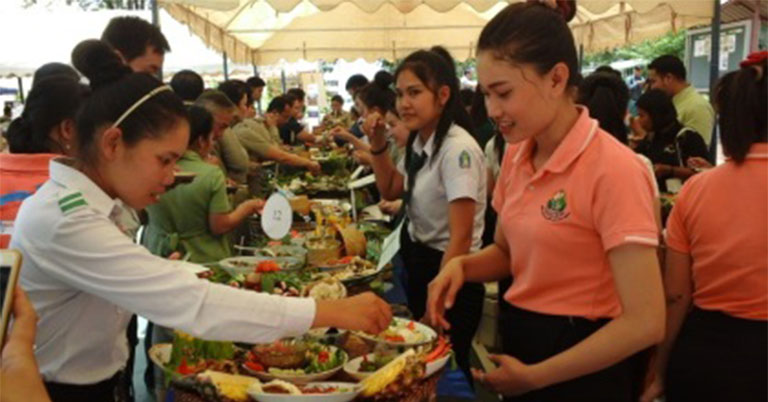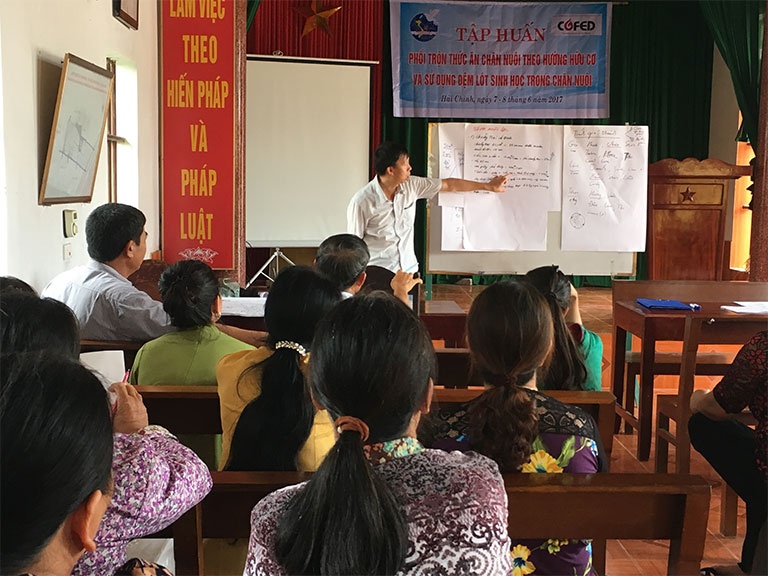Countless number of childhood poisoning cases have occurred throughout the world and unfortunately, they still continue to occur. These cases are particularly high in the Global South.
On World Environment Day, PANAP disclosed that about 1,148 children have been poisoned by pesticides in the past five years. Of this number, 42 have died due to the poisoning. The children are mostly from Asia and are aged up to 17 years old.
PANAP released its findings on World Environment Day to stress how pesticides violate the children’s right to health and a healthy environment. The data, which cover the period 2013 to 2017, are part of the Protect Our Children (POC) Watch, the latest initiative of PANAP to closely monitor and expose such violations to children’s rights.
Of the total number of victims, 552 children fell ill due to toxic fumes and pesticide drift while 596 were poisoned by consuming food contaminated by pesticides. In the first five months of 2017 alone, 475 children in India were poisoned by toxic fumes while 9 children have died due to pesticide poisoning in India, US, South Africa and UAE.

Despite supposedly stricter pesticide regulations, children are still being poisoned around the world. Poisoning symptoms include vomiting, diarrhea and dizziness with severe cases causing death, PANAP has noted.
Here are three factors that show why children are the most vulnerable to pesticides.
1. Use of 20 Terrible Pesticides (T20) that are toxic to children
The pervasiveness of the 20 terrible pesticides (T20) such as brain harming organophosphate pesticides like chlorpyrifos and methamidiphos are still available in Asian countries. They affect children’s learning and development. While most of the T20 are largely restricted or banned in the EU, they are still being widely used in Asian countries.
2. Natural physiology
Given the physiology of children’s, they face a far greater risk of exposure to pesticides when compared to adults. The National Academy of Sciences reported that and estimated that 50% of lifetime pesticide exposure occurs during the first five years of life. They breathe more air, eat more food and drink more water per unit of body weight and thus have greater exposure in a pesticide-contaminated environment. Children’s young minds and small bodies are still developing; in addition, they are more vulnerable as they are less equipped to protect themselves.
3. Multiple routes of exposure
From the womb through infancy to adolescence, children are exposed to pesticides in many way – foetal exposure in womb and in infancy and childhood, exposure to contaminated air, food, water and general environment in homes, schools, play areas and work places.
a) Drifts from the area of application
In rural and urban areas, children are exposed to pesticides via spray drifts. Pesticides that travel through the air find their way to classrooms, toys, school books and the playground. A study from the U.S. found that pesticide formulations could volatilize and travel greater distances quickly through the rain and wind. Semi-volatile pesticides such as chlorpyrifos have a long persistence on rugs, furniture, soft toys, pillows and other absorbent surfaces, closed apartments (Landrigan et al 1999). In certain rural areas, young children and mothers are continuously being sprayed aerially as they live near banana plantations. Children are likely to be exposed to short-range drift and ambient levels of residues in the air.
b) Contaminated food and water
Their drinking water may contain greater levels of residues than those to which urban children are exposed, especially if using well-water (GAO 2000). They may also have eaten food directly from fields that have recently been sprayed.
Regional organizations take action to protect children
Given the circumstances and the risks to children, PANAP and partners have called governments to declare pesticide-free buffer zones around schools that would protect children from harmful exposure to pesticides.
This is also to uphold the provisions of the Convention on the Rights of the Child which recognizes the child’s “inherent right to life” and that the survival and development of the child should be ensured to the “maximum extent possible”.
CHINA
In China, Pesticide Eco-Alternatives Center (PEAC) organized activities to protect the natural wetland of Xi Hu village.

The protection of water in Xi Hu Lake is significant to the protection of Er Hai Lake as well as important for the sustainable livelihood of the people along the Mekong River. According to a previous baseline study, it was found that the water quality has gone down in recent years with the heavy use of pesticides and fertilizers.
Therefore, the importance of protecting the lake from harmful human activities especially from the use of pesticides have been underscored through the various outreach programmes carried out by PEAC in six small different villages in the vicinity of the wetland.

The efforts have gained acknowledgment by the Ministry of Agriculture who then distributed the information and reports to the officials of Ministry of Environment Protection in China.
LAO
Meanwhile in Lao, PANAP’s partner SAEDA (Sustainable Agriculture and Environment Association) has mobilized more than 300 people, especially from the academia in raising awareness about the detriments of pesticides while also emphasizing the historical significance of the World Environment Day celebrations.

SAEDA’s partnership with Lao’s local education institution National University of Laos has been successful both in terms of raising awareness on this issue and advocacy works.
VIETNAM

The Research Centre for Gender, Family and Environment in Development (CGFED) and Hai Hau Women’s Union in Vietnam organized a meeting to share the benefits of a closed loop agricultural model through red worm raising for a sustainable environment and economic development for the households in Hai Chinh commune. CGFED also launched the “Pesticides free buffer zone around schools” campaign and collected 130 signatures from the Hai Hau farmers in support of this campaign.








Discussion about this post